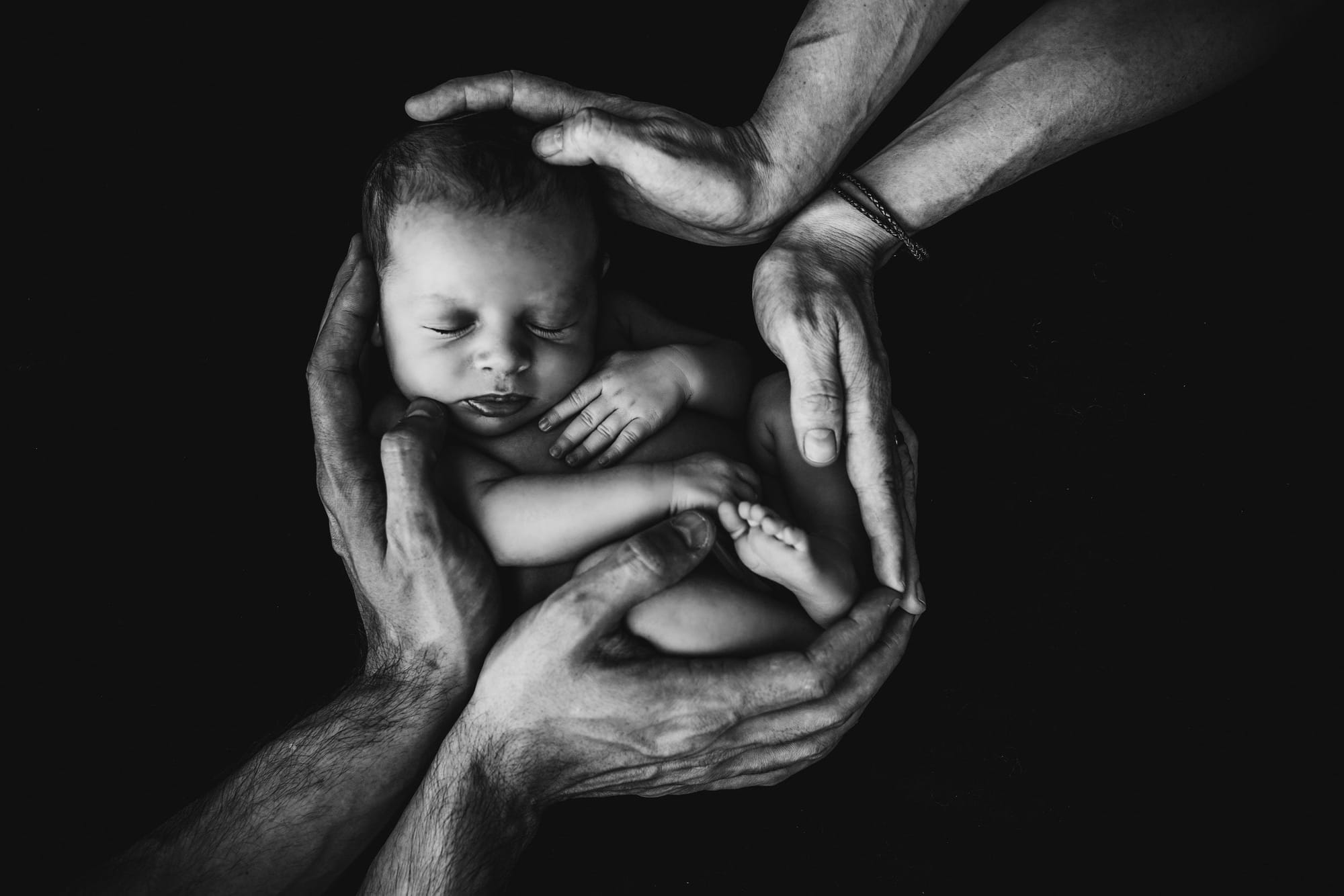Understanding object relations theory.

Jason Brien.
Humans are social creatures. Since we are social creatures the human brain can never develop properly in isolation. From birth we are dependent on others to learn and grow and this ability to learn and grow in healthy and adaptive ways is wholly dependent on the quality of the relationships the new born has with its primary caregivers and other such guardians.
If the quality of the newborns relationships are poor, so too will be their development. Alternatively, if their relationships are adequate, they will develop accordingly. It is these relationships with others (positive or negative) which impact upon the neural network of babies and determines the newborns course of ascension into infancy, adolescence and eventually adulthood. This dependence on external relationships, the quality of the relationships and how the newborn responds to the relationships is the basis of object relations theory.
Object relations theory suggests that newborns develop internal mental representations of themselves in relation to others and it is these vital mental representations which will influence the newborns interpersonal relationships throughout life. The concept of object relations refers to the relationship between the internalised self and significant others (objects). The object relation involves mental representations in 3 key areas.
1. The object as perceived by the self (my primary caregiver is good or bad because they attend/ don’t attend to my needs like hunger, warmth, etc).
2. The self in relation to the object (the fact that my primary caregiver remains and attends to my needs must mean that I am likeable/important - the opposite being true if they are neglected).
3. The relationship between self and object (I love/hate my primary caregiver).
Internal objects are formed during infancy through repeated interactions with the primary caregiver. One time interactions with strangers during infancy will not lead to the development of internal objects (but will later in life). The infants internal objects (mental representations) are developmentally appropriate (i.e., unlikely to involve complex characteristics such as race, gender, etc). The complexity of the internal objects will develop in sync with cognitive complexity.
Assuming healthy develop occurs, internal objects will continue to develop and become increasingly more complex throughout the lifespan (ego development, self-actualisation, maturity, wisdom, etc). If unhealthy development occurs, the internal objects become rigid and inflexible and so remain immature and underdeveloped (arrested development) so causing adults to keep and continue with child-like internal objects. It is these internal objects (healthy or unhealthy) which serve as the templates for all future interpersonal interactions/relationships.
Think of it this way… as a baby it is wholly appropriate to cry, babble or whine to get one’s needs met (because the cognitive immaturity doesn’t allow vocalisation or language production) but as an adolescent or adult maintains such a template is wholly inappropriate (because the ‘should’ have better/complex/mature ways of expressing their needs, wants, etc). Likewise, the template of “I am the most important person and my needs are a priority” may work in childhood but carrying such templates into adolescence and adulthood is likely to lead to significant social and interpersonal problems.
Splitting is an important concept within object relations theory. Splitting refers to the mental separation of the ‘good’ and ‘bad’ parts of the self (and others) and the subsequent repression of the negative or anxiety provoking aspects. Newborns are the first to experience splitting from their primary caregivers in the form of “caregiver is ‘good’ when my needs are met and ‘bad’ when my needs are not met” (rather than “my caregiver remains good even when they don’t meet my needs”).
In healthy development though, when the primary caregiver is ‘good enough’ and so meets the child’s needs most of the time, the child is able to integrate both the ‘good’ and ‘bad’ aspects of self and caregiver (both myself and my caregiver have both good and bad simultaneously). In unhealthy development though, the infant encounters arrested development and therefore continues to engage in splitting well into adolescence and adulthood. This is manifested as true and false self (the negative aspects of the self are repressed in order to highlight or exemplify in the good aspects - perfect self) and to idealisation and devaluation of others.
Resources
https://www.goodtherapy.org/learn-about-therapy/types/object-relations